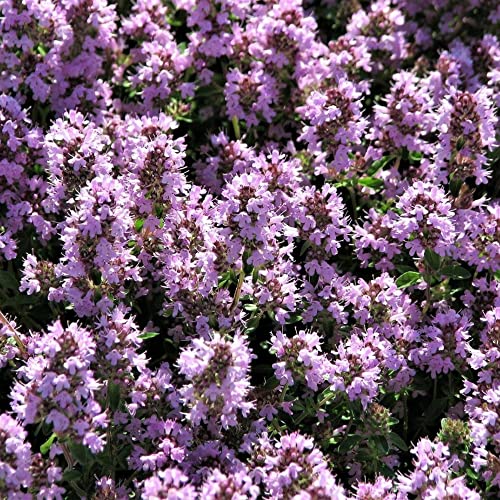
Dhara Seeds
Mother-of-Thyme Seeds
1499
Estimated Free Delivery between April 16 and April 19.
Secured Payment Methods
Your transaction is protected with advanced security measures to keep your information confidential
Low growing, hardy perennial ground cover with small, fragrant leaves topped with lavender flowers in summer. Known as both mother-of-thyme and creeping thyme — by either name it is an excellent, ornamental edible to plant between stepping stones, or edge herb and vegetable gardens. Mother-of-thyme is an excellent container plant, creating cascading carpets of irresistible fragrance and color.















